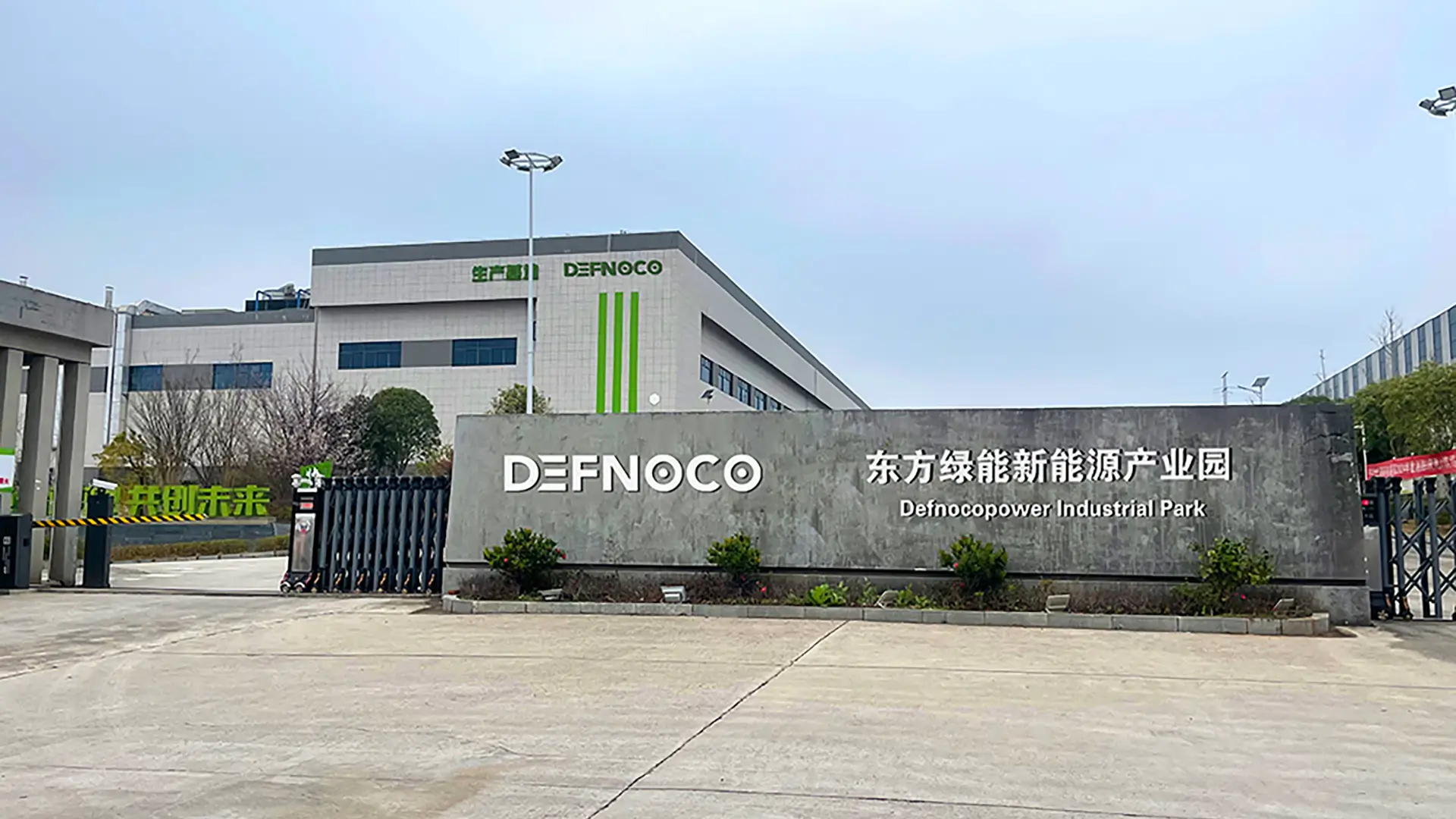Drone technology has rapidly transformed how we observe and interact with the world. From agricultural monitoring to film production, these unmanned aerial vehicles (UAVs) now play critical roles across industries. This article explores drone fundamentals, operation guidelines, real-world applications, and future trends.
Understanding Drone Basics
Drones fall into two primary categories: fixed-wing and multi-rotor. Fixed-wing drones excel in long-range missions due to extended flight times. Multi-rotor models prioritize agility, making them ideal for photography or precision tasks.
Core Components
A typical drone includes:
Flight control systems for stability
Motors and propellers for propulsion
High-resolution cameras and sensors
GPS modules for navigation
Communication systems for real-time data transfer
How Drones Work
Drones rely on aerodynamic principles. Rotor adjustments control ascent, descent, and directional shifts. Advanced models use GPS and AI for automated flight paths and obstacle avoidance.
Operating Drones Safely
Follow these steps to ensure safe and efficient drone use:
Pre-Flight Preparation
Charge batteries fully
Inspect propellers for damage
Update firmware and software
Verify local flight regulations
Flight Checklist
Calibrate sensors and GPS
Confirm stable connection between controller and drone
Choose manual or automated flight modes
During Flight
Maintain visual line of sight
Monitor battery levels and weather changes
Avoid restricted airspace (e.g., near airports)
Post-Flight Actions
Clean lenses and sensors
Store batteries at recommended charge levels
Review flight logs for improvements
Drone Applications Shaping Industries
Agriculture & Environmental Monitoring
Drones equipped with multispectral cameras detect crop stress, optimize irrigation, and map land use. Farmers reduce costs by 30% through targeted pesticide spraying.
Media & Film Production
Aerial cinematography captures dynamic angles for movies and documentaries. Drones replace costly helicopter shoots while ensuring crew safety.
Disaster Response
Thermal imaging drones locate survivors in earthquakes or wildfires. Rescue teams cut search times by 50% in complex terrains.
Logistics Innovation
Companies like Amazon and Zipline use drones for contactless deliveries. Rural areas benefit from rapid medical supply transport.
Regulations Governing Drone Use
Key global rules include:
Maximum altitude limits (400 feet in the U.S.)
No-fly zones near critical infrastructure
Mandatory registration for drones over 250 grams
Privacy laws prohibiting unauthorized surveillance
The Future of Drone Technology
AI Integration: Autonomous drones will perform complex tasks like infrastructure inspections.
5G Connectivity: Ultra-low latency enables real-time data streaming for emergency services.
Hybrid Designs: Vertical takeoff fixed-wing drones will merge endurance with versatility.
Eco-Friendly Models: Solar-powered drones aim to reduce carbon footprints.
DEFNOCO batteries have the characteristics of high energy, low internal resistance, and low temperature rise. They can be used continuously under natural heat dissipation conditions. You can continue charging and working on the machine without waiting for heat dissipation. This makes the battery more stable and reliable in long-term operations.
DEFNOCO batteries support high-rate continuous charging and discharging, which can provide stronger power support for drones.
